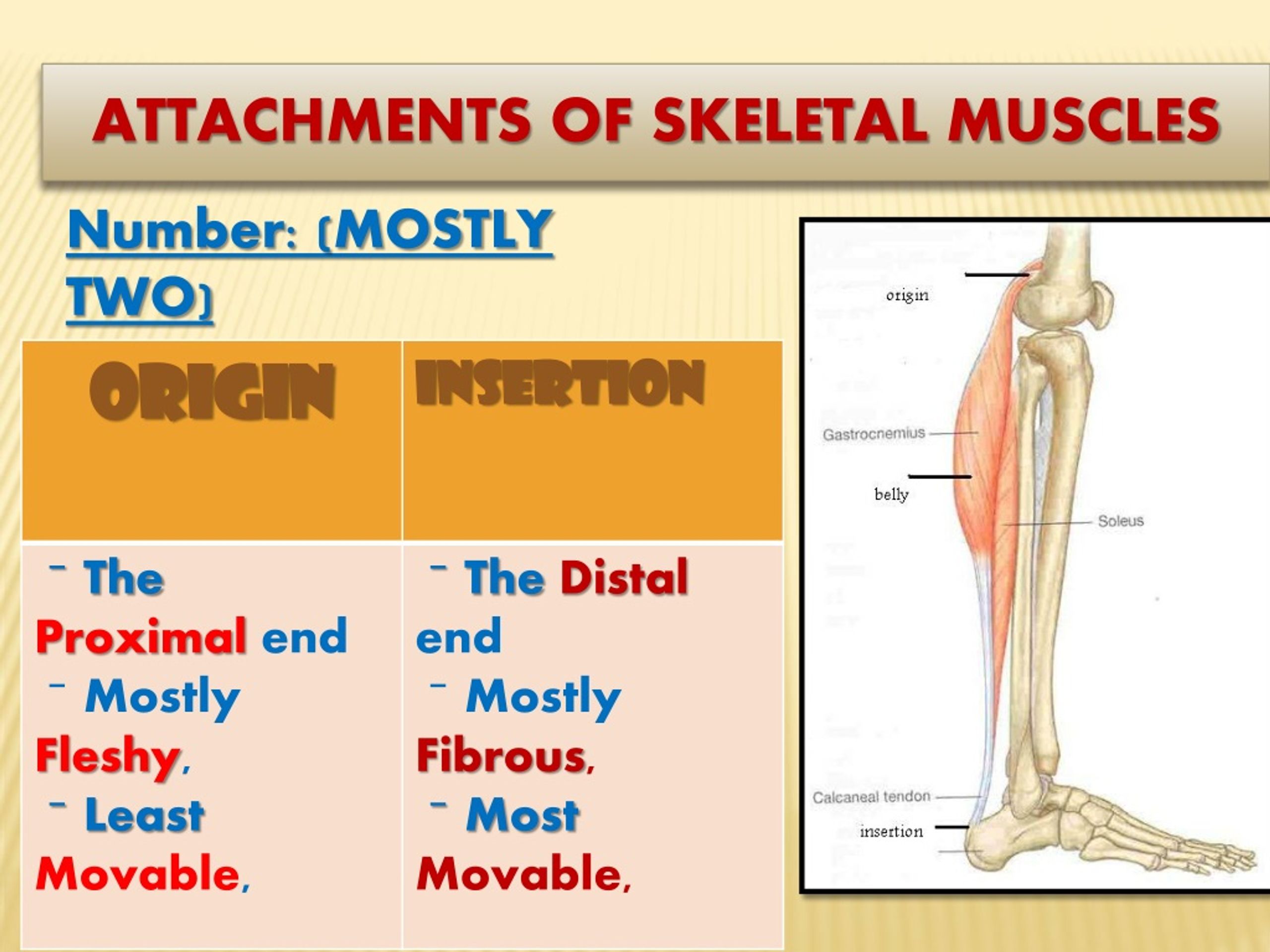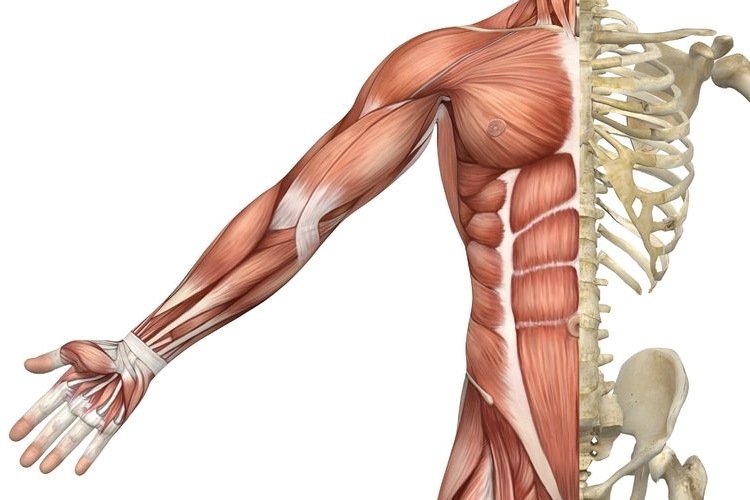Skeletal muscles are attached to the human bone as well as to the skin in some places such as in the face contracting the skeletal muscles is what enables body parts to move

Skeletal Muscles: The Driving Force Behind Body Movement

Skeletal muscles are a crucial component of the human body, responsible for enabling movement and providing stability to the skeletal system. They attach not only to bones but also to the skin in certain areas, such as the face. These muscles contract and relax to facilitate body movements, allowing us to accomplish daily tasks effortlessly.
The human body consists of over 600 skeletal muscles, each serving a specific purpose and working in harmony to create coordinated movements. These muscles are composed of long, cylindrical fibers that contract when stimulated by nerve impulses. This contraction is initiated by the release of calcium ions within the muscle cells, causing the fibers to shorten and generate force.
The attachment of skeletal muscles to bones plays a pivotal role in movement. Tendons, strong and flexible connective tissues, link muscles to bones at specific points known as origins and insertions. The origin is the attachment site of the muscle that remains relatively stationary during movement, while the insertion is the site where the muscle attaches to a bone that moves. When a muscle contracts, it pulls on the insertion point, causing the bone to move and creating a desired joint action.

The face, with its complex array of muscles, serves as a prime example of how skeletal muscles attach not only to bones but also to the skin. This unique characteristic allows for a wide range of facial expressions, such as smiling, frowning, or raising eyebrows. The attachment to the skin helps transmit the muscle’s contraction to the external surface, resulting in visible movements that characterize the emotions we exhibit.
Contractions of skeletal muscles are essential for various bodily functions beyond movement. These muscles aid in maintaining posture, stabilizing joints, and facilitating the flow of blood and other substances within the body. Additionally, regular exercise helps to strengthen skeletal muscles, leading to increased endurance, enhanced metabolism, and improved overall health.
Understanding the intricate relationship between skeletal muscles, bones, and the skin underscores the complexity of the human body’s design. It allows us to appreciate the remarkable coordination required to carry out even the simplest of motions, from the subtlest facial expressions to the most vigorous athletic activities.
Source: Library of Congress - Everyday Mysteries
Tags
Share
Related Posts
Quick Links
Legal Stuff

